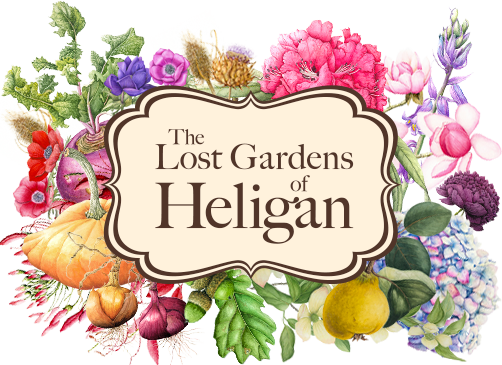Winter Tasks in a Heritage Garden
Share
Rest, Reflect, Prepare
Winter may appear quiet above ground, but in a heritage garden like Heligan's, it's one of the most thoughtful and preparatory seasons of the year. While much of the garden sleeps, the gardeners remain active-tending to soil, structures, and the stories of the year just passed.
The first and most important task is care of the soil. At Heligan, beds are mulched generously with compost, leaf mould, or rotted manure. This layer protects and nourishes the soil through cold months, while the worms and micro-life below continue their unseen work.
Structures are also inspected and restored. Cold frames are cleaned, greenhouse glass is washed, and supports for peas and beans are repaired or replaced. This is also the time when Heligan's tool maintenance is in full swing-wooden handles are oiled, blades sharpened, and inventory checked.
Fruit trees and bushes are pruned while dormant, following traditional methods. At Heligan, espalier apples and cordon-trained pears are shaped with precision passed down from past gardeners.
Cuttings are taken from hardy perennials and fruit bushes for next season's planting.
Planning also takes centre stage. Seed stores are sorted, and new planting schemes are drawn up.
We reflect on what grew well, what faltered, and how to improve. Notes are made in gardening journals-some echoing entries from decades ago in the same gardens.
There is, too, a rhythm of care that extends to the gardeners themselves. Time is taken to walk, rest, and reconnect with the landscape without the urgency of sowing or harvesting. As the garden rests, so do those who tend it.
Winter, then, is not an end but a pause. A quiet period of respect and readiness. In heritage gardening, it reminds us that slowness has value, and that good things grow from thoughtful beginnings.

